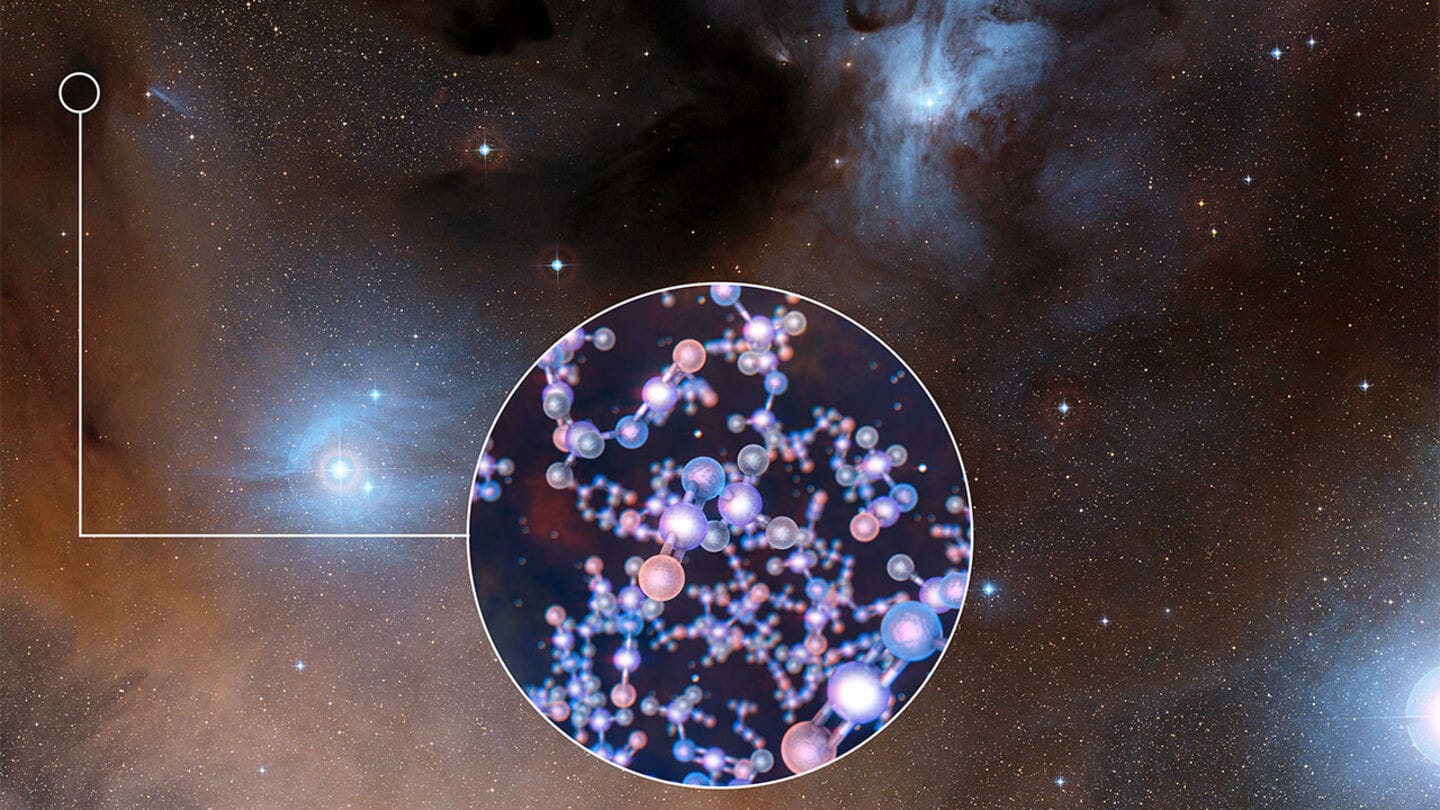
Scientists find evidence that life's building blocks came from space
What's the story
A team of researchers at the Max Planck Institute has made a groundbreaking discovery, suggesting that the building blocks of life may be widespread in space. Their study, published in The Astrophysical Journal, reports the detection of over a dozen complex organic molecules around a protostar in the constellation Orion. The finding indicates these chemicals can survive star formation processes and could be abundant in space.
Discovery details
Seeds of life are assembled in space, says researcher
Among the complex organic molecules detected, two stand out: ethylene glycol and glycolonitrile. These are precursors to nucleic acids that make up DNA and RNA. Abubakar Fadul, the lead author of the study, said their finding shows a direct link between chemical enrichment and increasing complexity from interstellar clouds to fully developed planetary systems. This implies that "the seeds of life are assembled in space and are widespread."
New perspective
Challenging belief that organic molecules are destroyed during star formation
The study challenges the long-held belief that most organic molecules are destroyed during star system formation from an interstellar cloud. Kamber Schwarz, a co-author of the study, said their results suggest protoplanetary disks inherit complex molecules from earlier stages and can continue forming them. This new perspective indicates that life's building blocks could form in space and might be abundant throughout the universe.
Mechanism
Chemicals detected by researchers using a massive radio telescope
The complex organic molecules are usually found in icy dust grains, where they first formed. However, in the V883 system, the star is still emitting radiation as it consumes leftover gas from its disk. These outbursts heat up the surrounding disk and release the chemicals detected by researchers using Atacama Large Millimeter/submillimeter Array (ALMA), a massive radio telescope in Chile. This suggests a young star's destructive tendencies could be freeing life's building blocks to roam space.